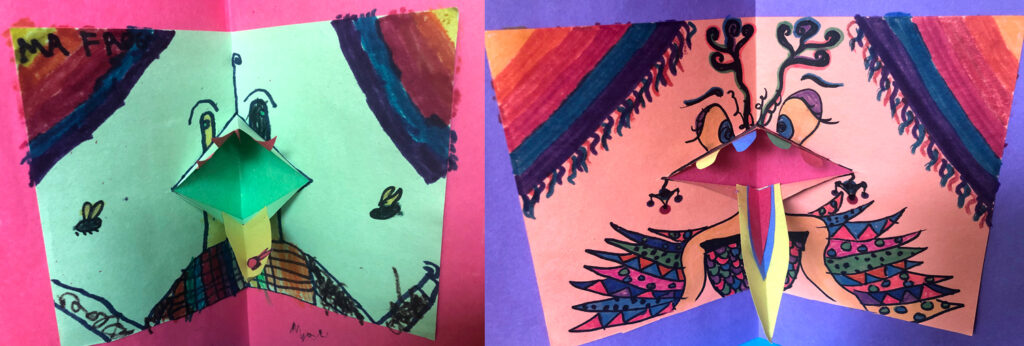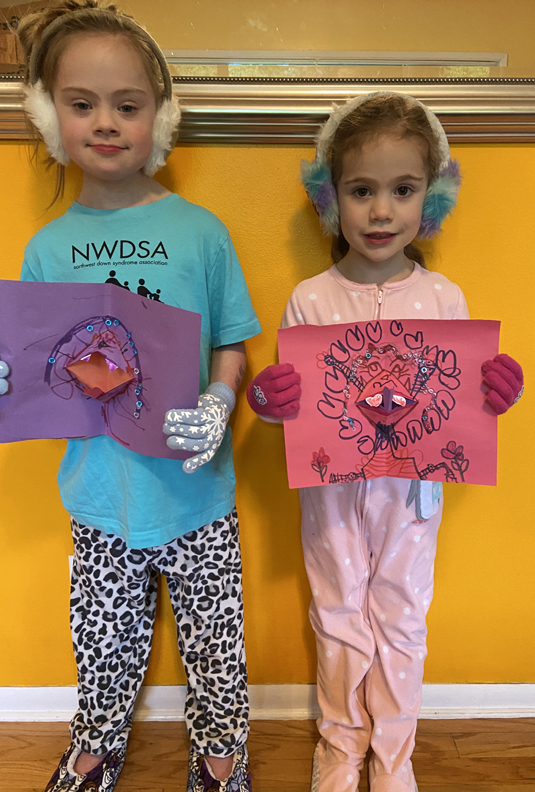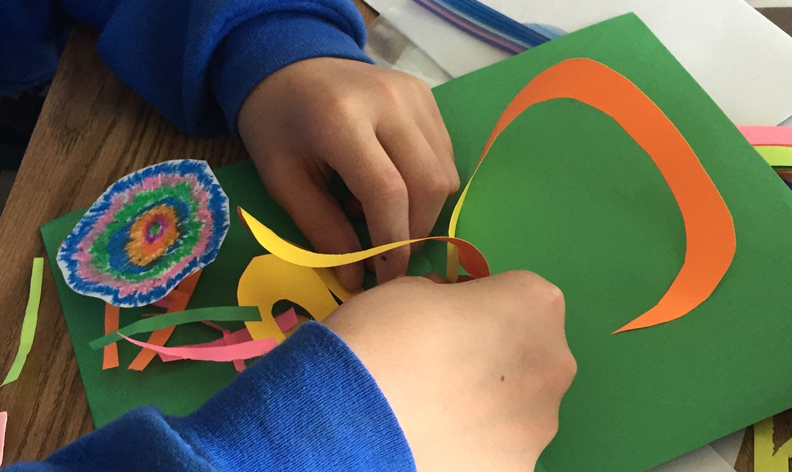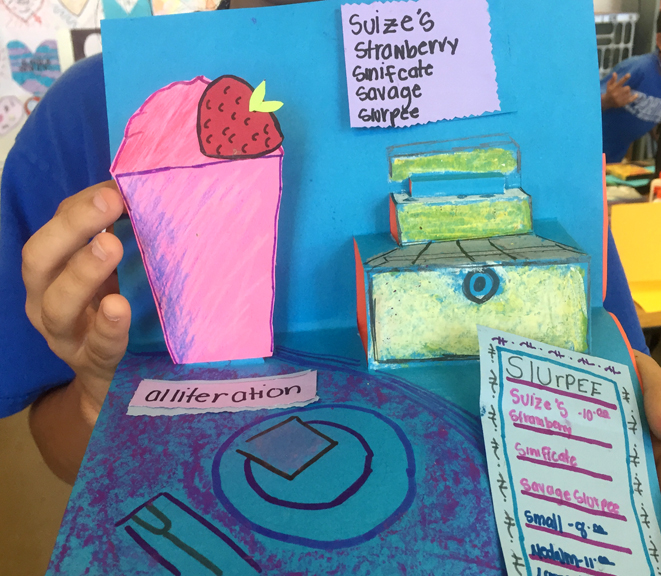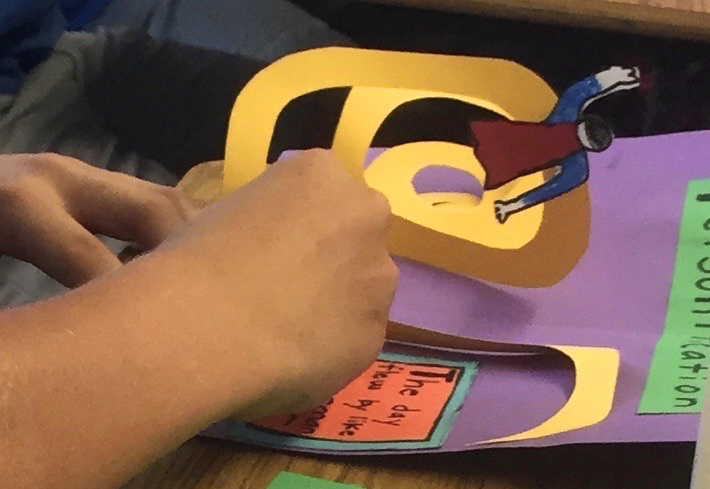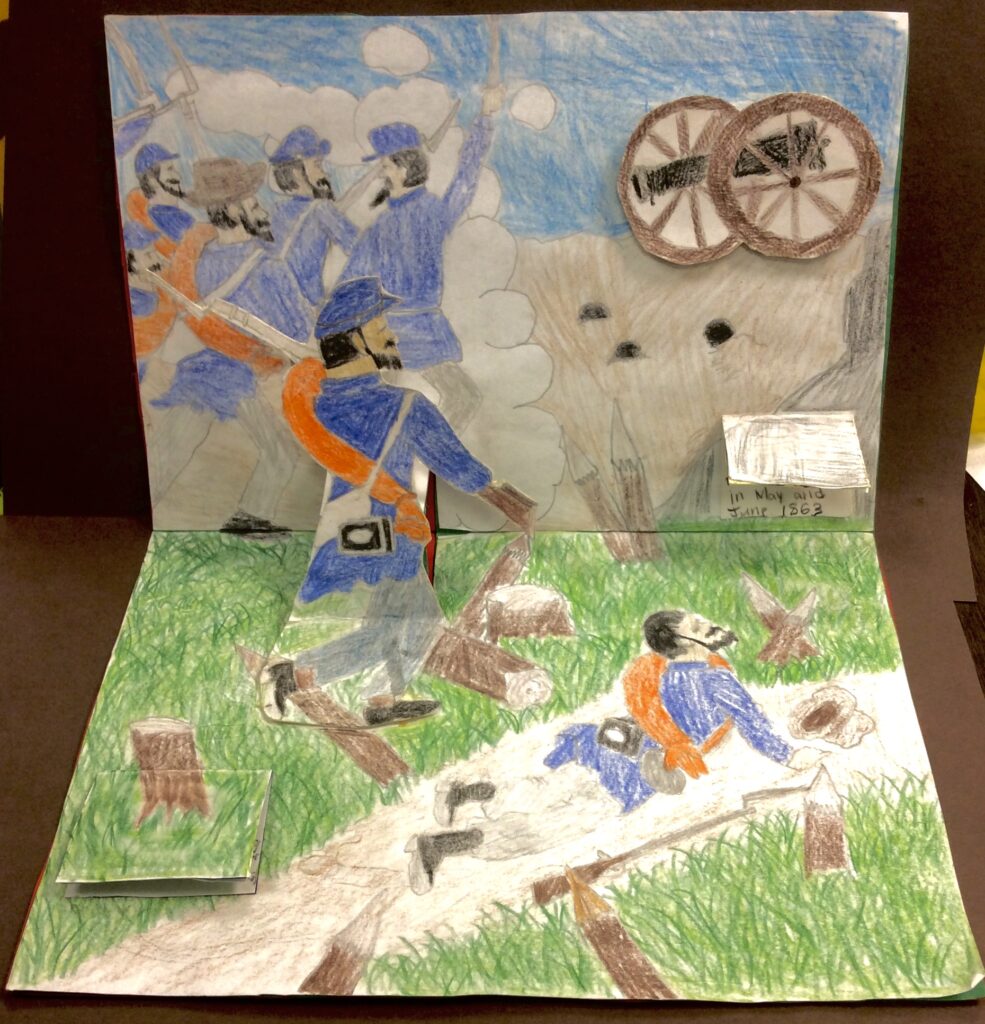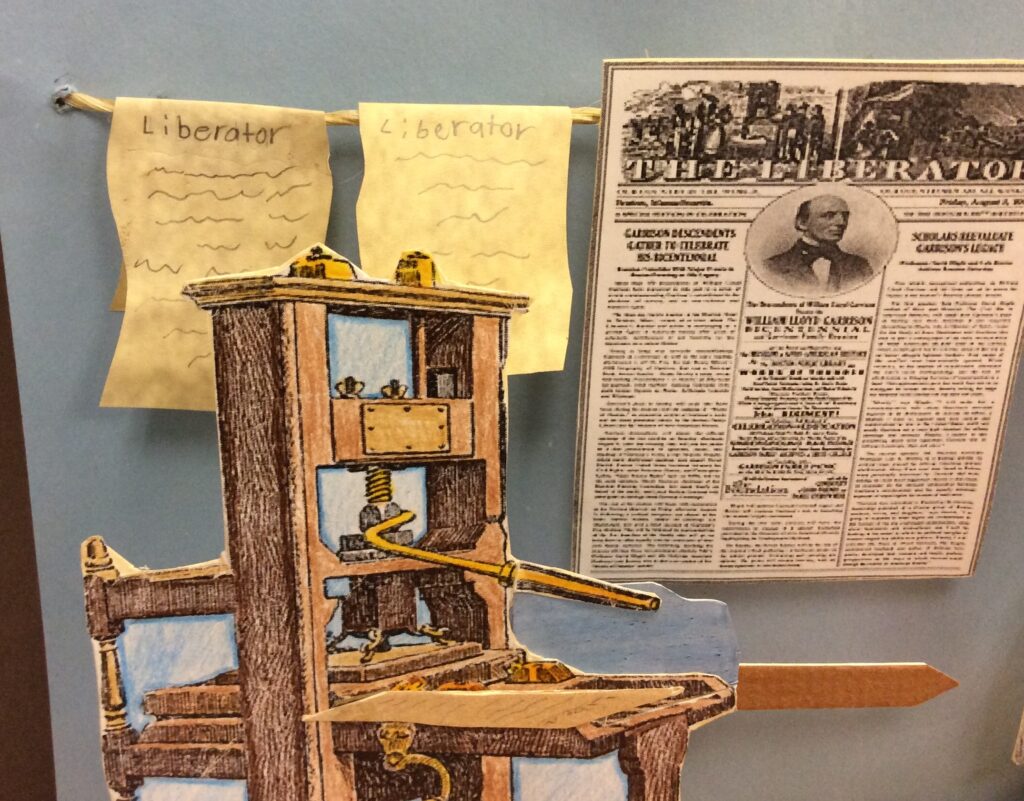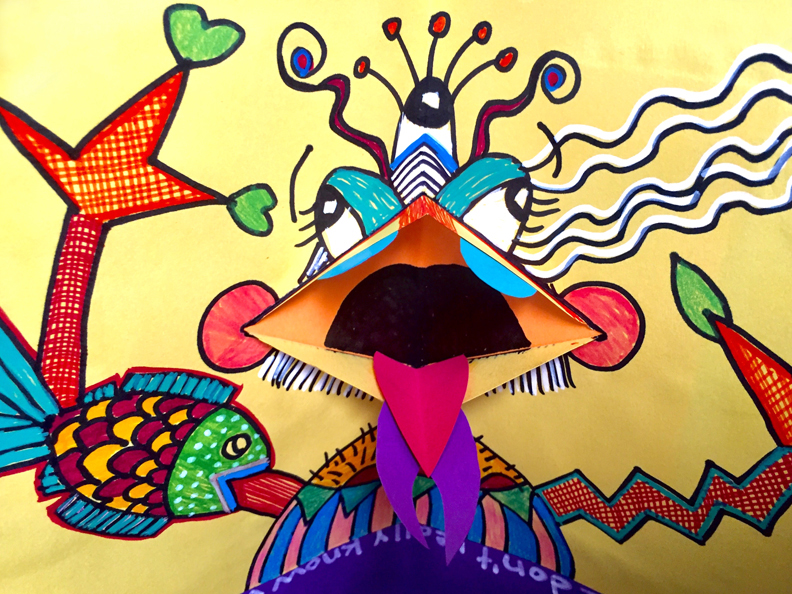
I’m not exactly sure how many years it’s been since I became hooked on making pop-ups, but there’s no question that I’m into it in a big way. I mean, who doesn’t love a well-designed pop-up book or greeting card? No matter how many times I open a favorite book and witness the magic of an illustration leaping from the page and reaching for the sky, I experience the same childlike delight that I did the first time I opened it.
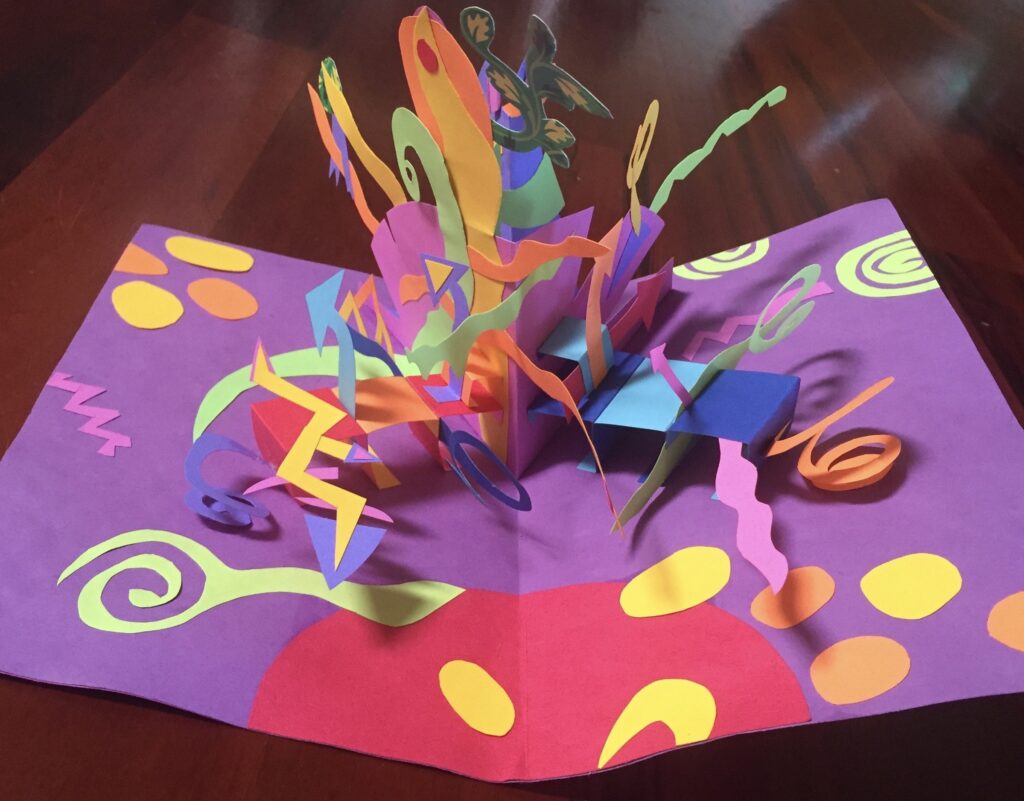
At some point, I moved from collecting pop-up books to trying to figure out how to make my own pop-ups. Interestingly, the deeper I dive in and the more interested I become in figuring out more complex pop-up mechanisms, the more I realize that I’ve somehow marched myself right into the world of math and engineering without even knowing it. Pop-ups (aka paper engineering) brings out my “inner mathematician and engineer”; neither of those titles or fields of study held the slightest interest for me prior to my pop-up obsession. I’ve seen this same thing happen for kids, too. Their innate curiosity and desire to meet a challenge is kindled. It gives them a good reason to hone their math skills. Brainstorming ideas, sketching them out, making prototypes to test out those ideas, making revisions until they work properly, and then creating a final… that’s the Engineering Design Process in action. That’s how children develop the ability to problem-solve and to think critically while having a heck of a good time doing it.
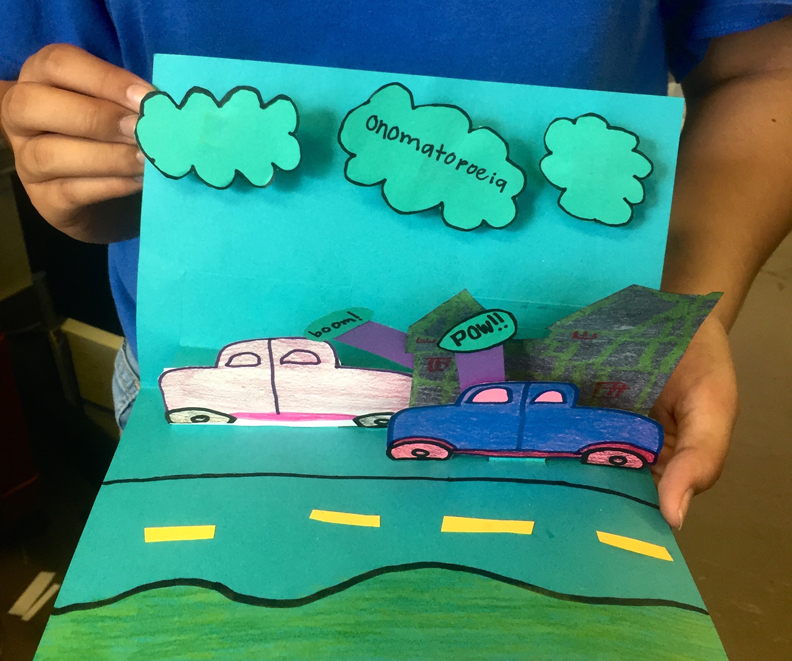
As a facilitator of arts-integrated pop-up residencies (in K-12 classrooms) and PDE3 courses for teachers throughout the Hawaiian Islands, I’ve gained a great deal of experience in teaching this material and am now eager to bring my classes to the online forum. If you are interested in learning more or enrolling your children in my online classes, please fill out this form and I’ll be happy to keep you apprised.
And in case you were wondering, I promise not share your contact info nor inundate you with a constant barrage of email correspondence.
See more student work, below
